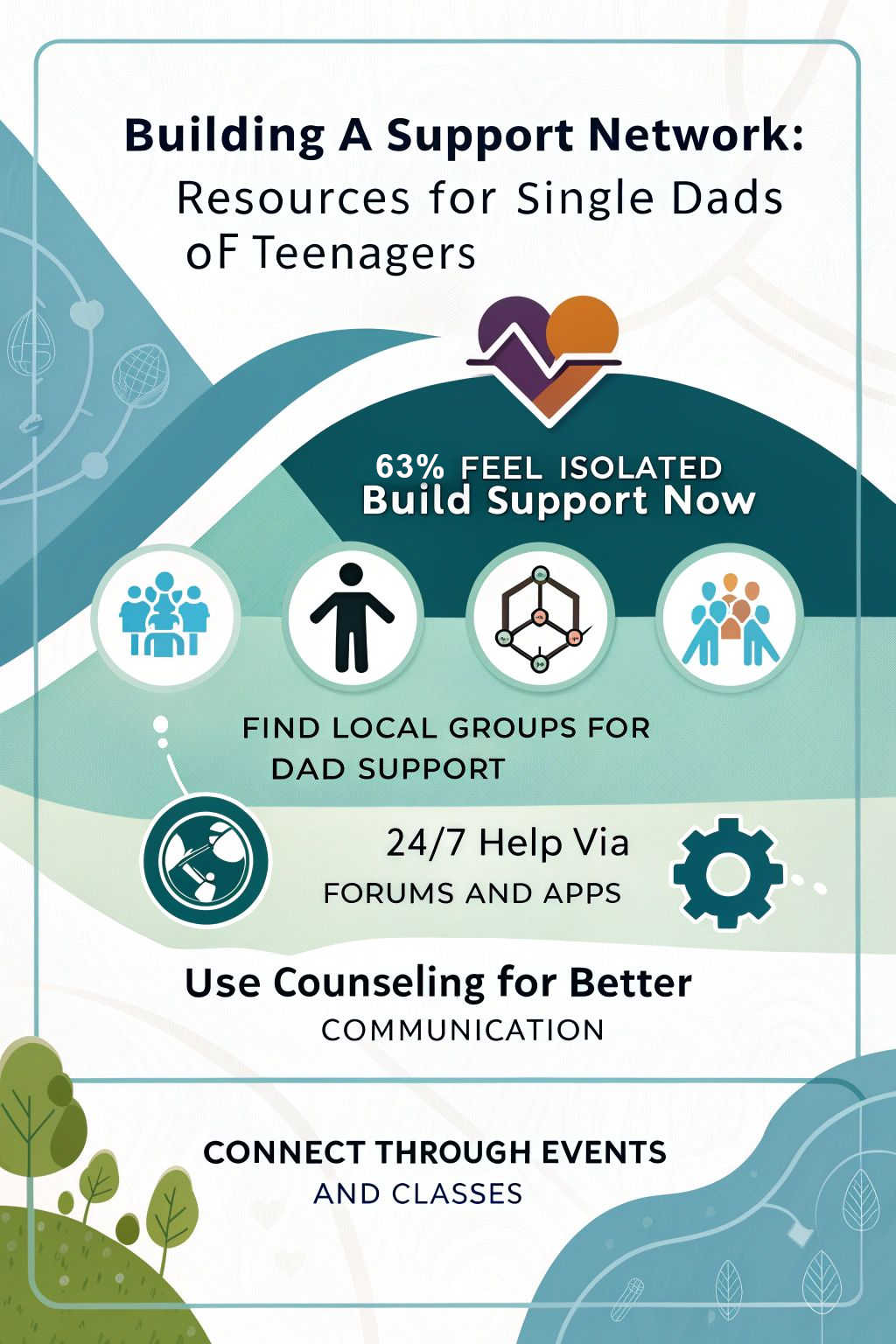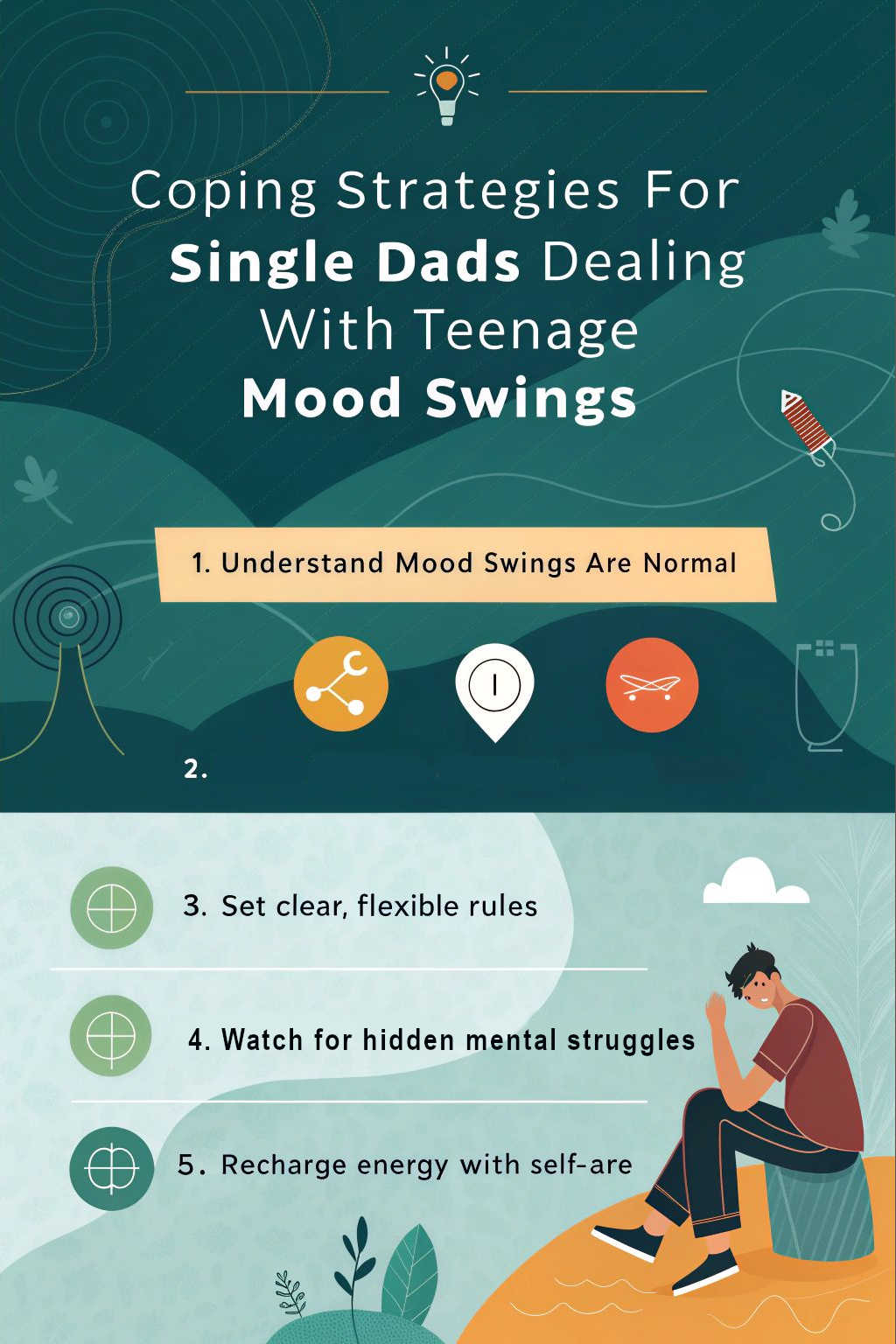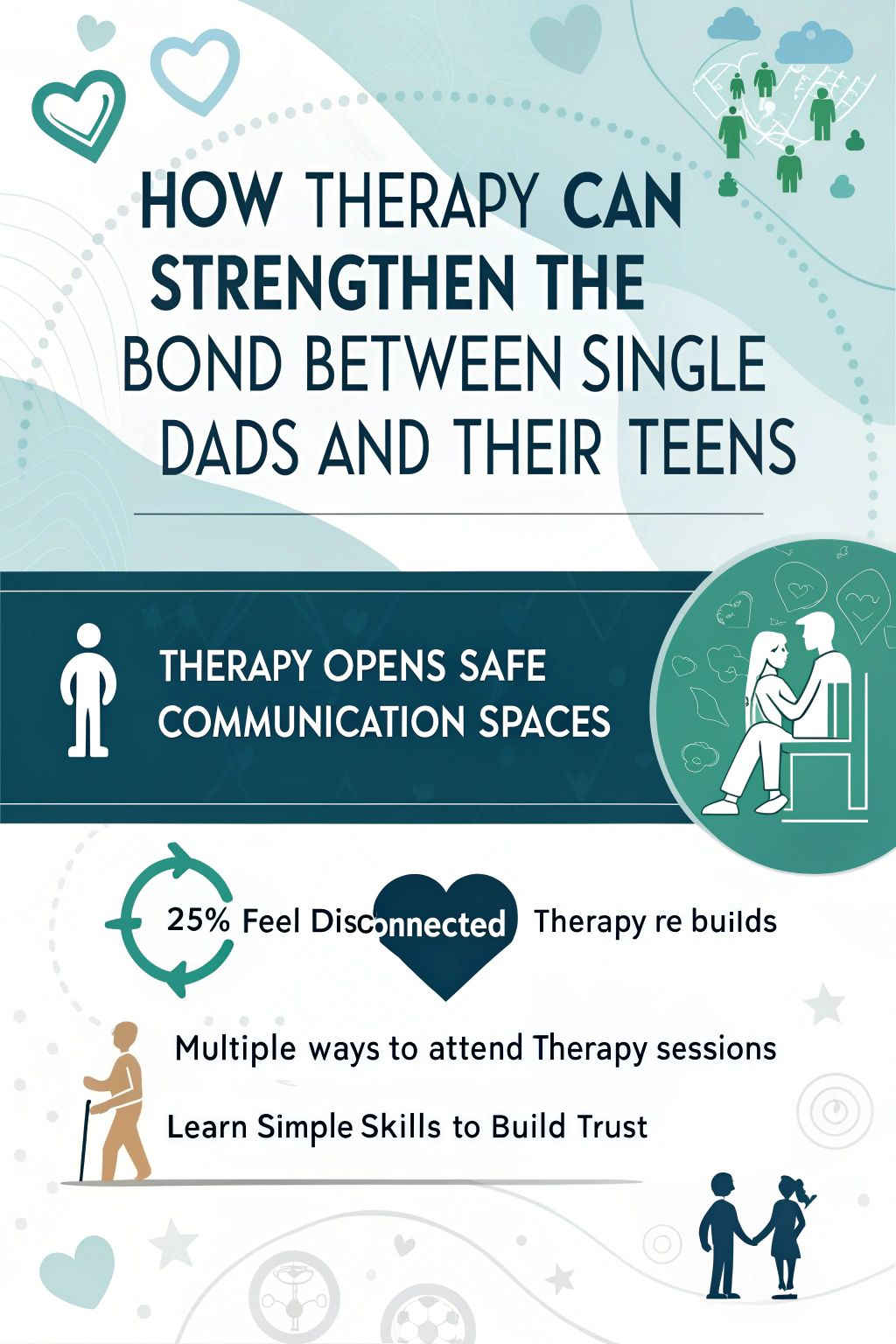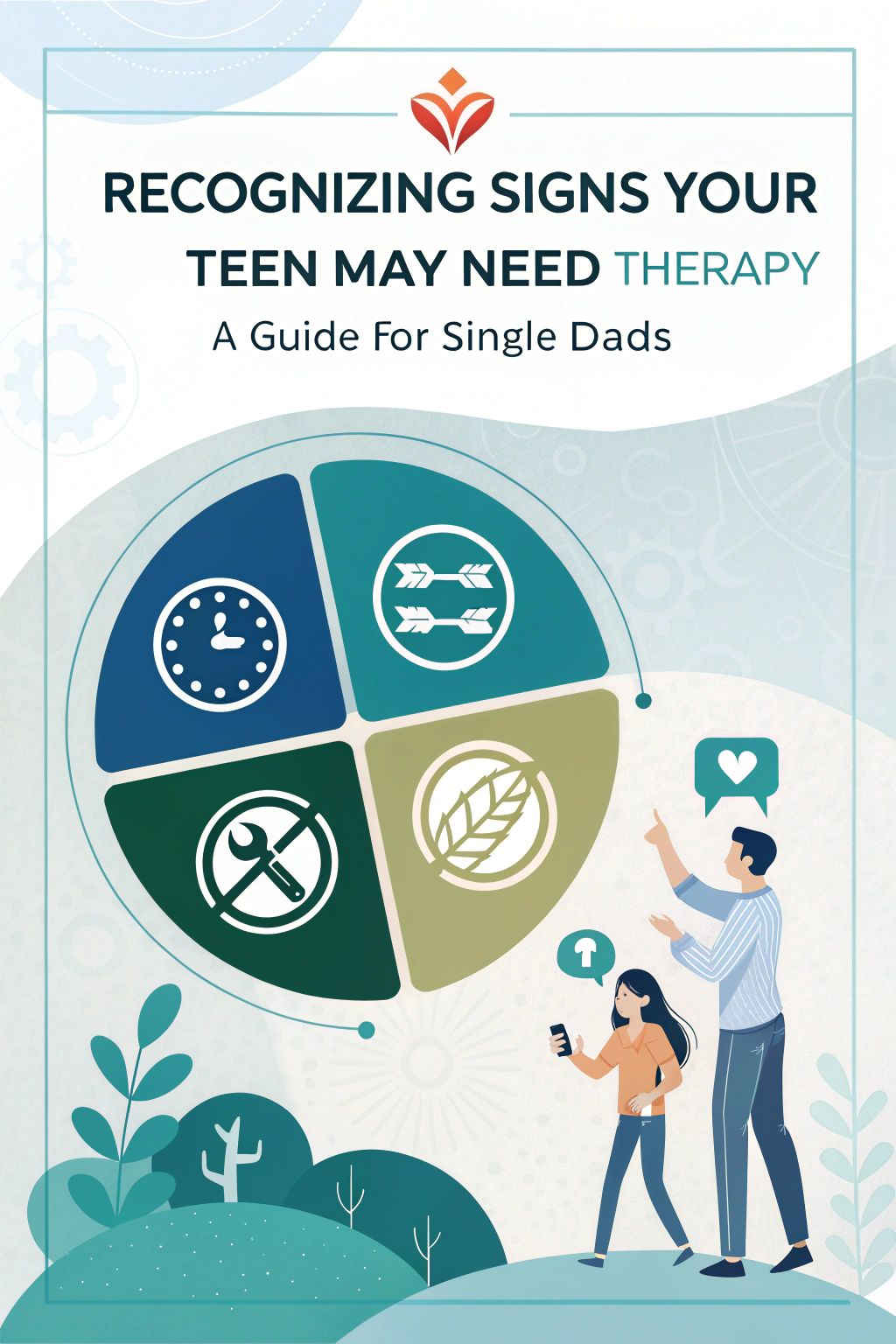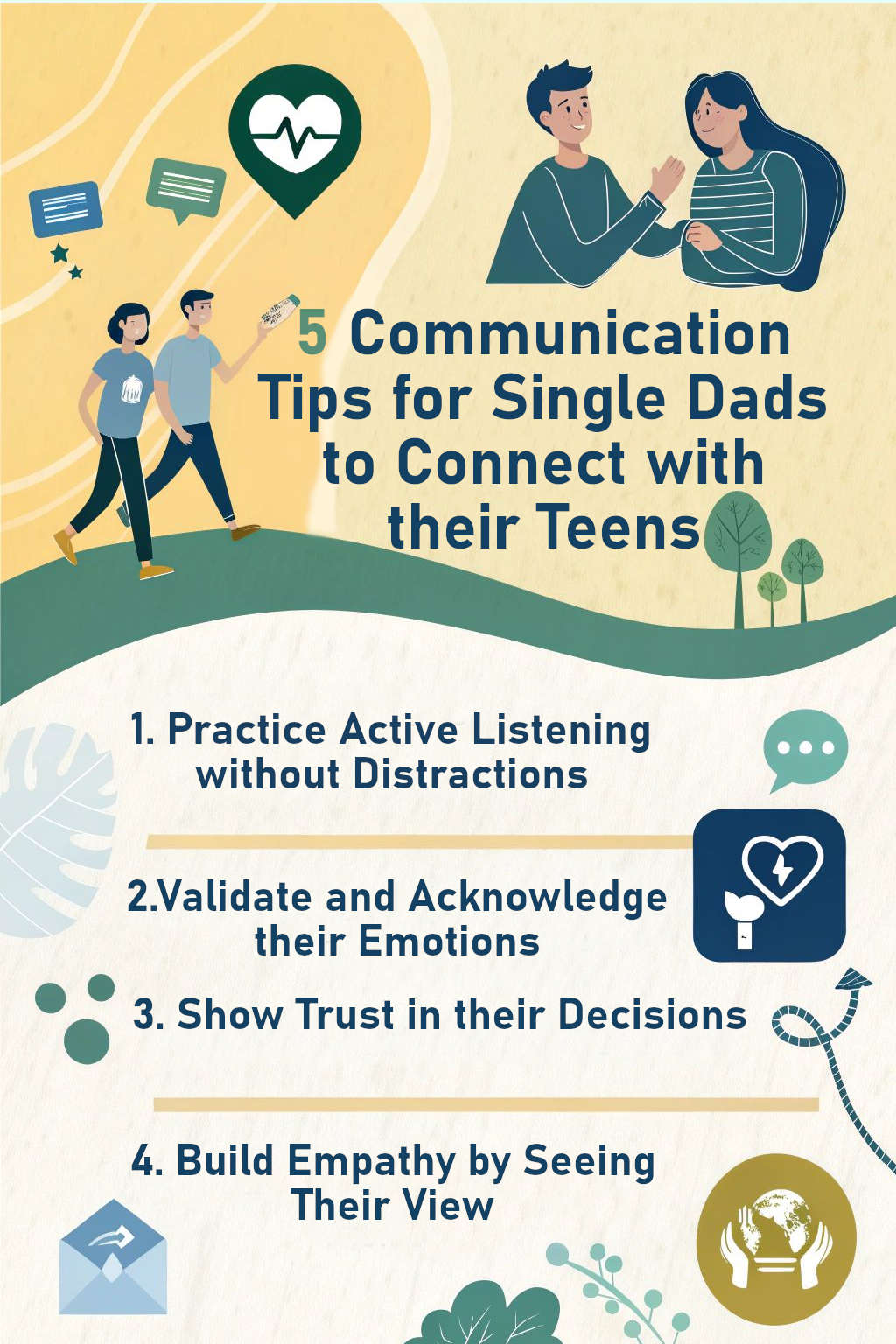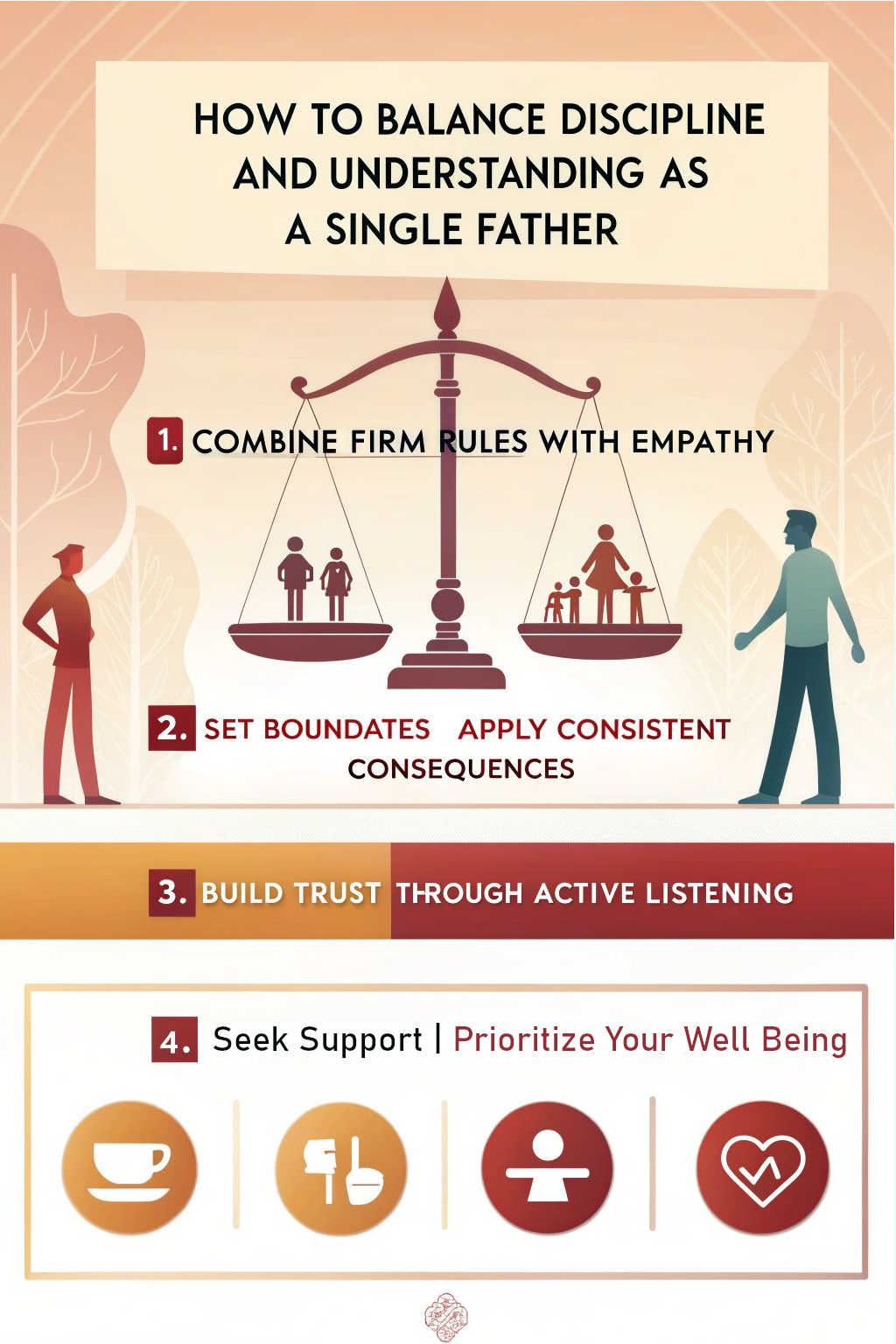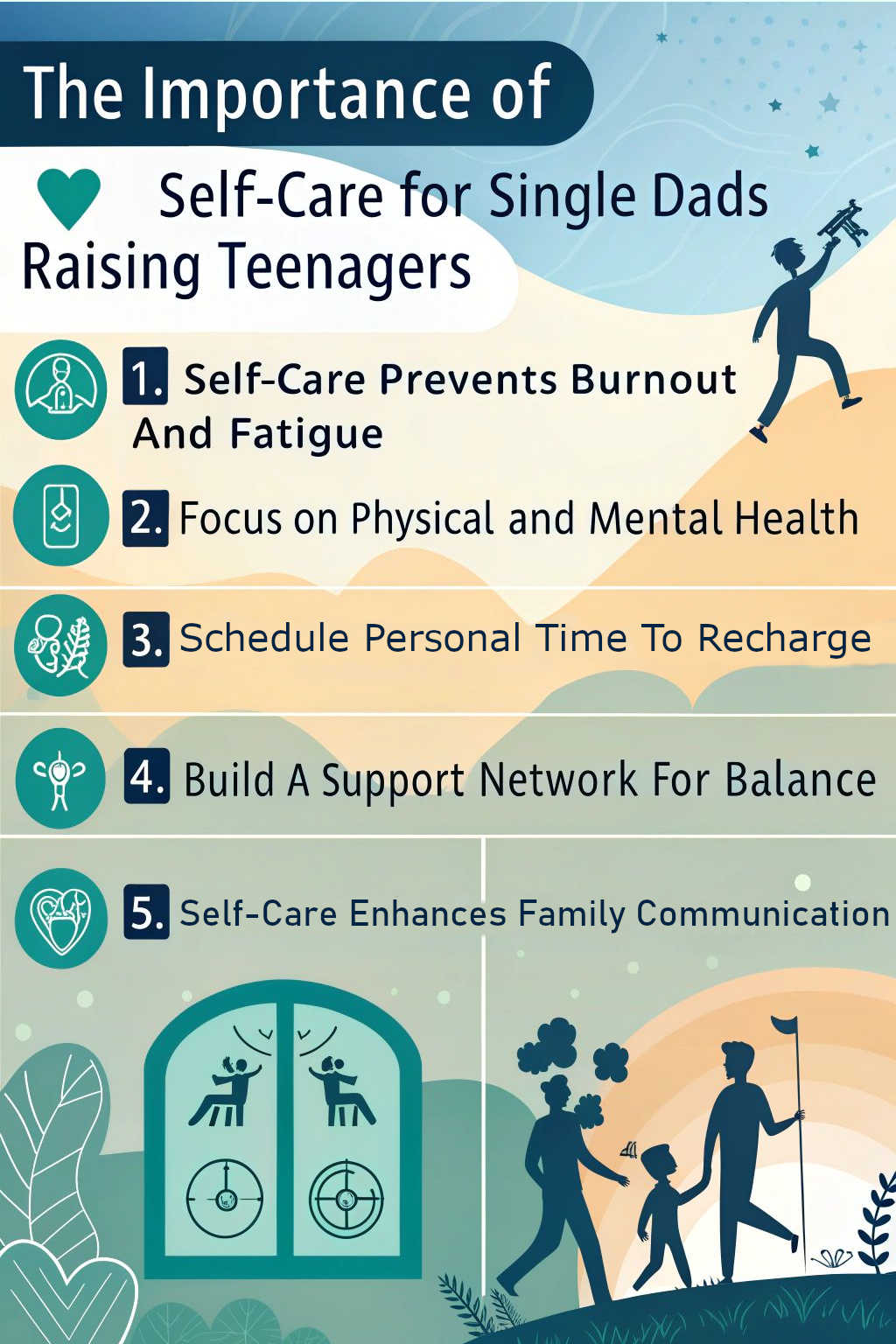Struggling to find harmony in your family relationships? Family therapy might be the solution you need. Serving as a powerful tool, it aims to enhance communication and resolve conflicts within families.
In this blog post, we’ll delve into effective therapeutic techniques that can help facilitate healing for your family. Ready for transformation? Let’s get started!
Key Takeaways
- Family therapy is a powerful tool that aims to enhance communication and resolve conflicts within families.
- Different types of family therapy, such as systemic, structural, Bowenian, strategic, narrative, and transgenerational therapy, offer unique approaches to address specific issues and improve relationships within the family unit.
- Choosing a qualified therapist who specializes in family therapy and setting clear goals are essential steps in finding effective healing for your family.
- Techniques used in family therapy include systemic therapy (addressing patterns of interaction), structural therapy (examining and reshaping the underlying structure of the family), and Bowenian therapy (working through patterns of emotional reactivity).
Understanding Family Therapy
Family therapy is a form of counseling that aims to improve communication and resolve conflicts within a family unit.
Definition and overview
Family therapy is a special form of psychotherapy that engages all family members in a shared healing journey. Its central aim is to enhance relationships among family members and address issues impacting the mental health and functioning of the family unit.
Different from individual counseling, this approach views families as interconnected systems where each member plays an integral role. As such, it seeks to uncover dysfunctional patterns within these systems and provides strategies for healthier interactions.
Family therapy isn’t just talk – it’s collaborative problem-solving for more harmonious living. Techniques like modeling or role-plays often come into play, teaching valuable communication skills and coping mechanisms.
The scope of this therapeutic intervention extends beyond immediate nuclear families to include stepfamilies or extended family members, emphasizing their importance in influencing dynamics and outcomes.
Types of family therapy
Family therapy incorporates various therapeutic approaches, each serving a unique purpose. Here are some prevalent types:
- Systemic Family Therapy: This method focuses on unconscious communication and its effects on family dynamics.
- Structural Family Therapy: Driven by the principle that each family has its unique structure, this therapy aims to identify and restructure unhealthy patterns.
- Bowenian Family Therapy: Ideal for individuals not comfortable with involving other family members, this method concentrates on the person’s ability to differentiate personal feelings from inherent family emotions.
- Strategic Therapy: This approach involves carefully designed problem-solving tasks to bring about change within the family.
- Narrative Therapy: This method allows families to use their narratives or stories as a foundation for positive changes in behavior and relationships.
- Transgenerational Therapy: It examines intergenerational issues that influence current family relationships and behaviors.
Benefits of family therapy
Family therapy offers numerous advantages to families seeking to improve their relationships and overall mental health.
Risks of family therapy
Family therapy, like any other form of therapy, comes with its own set of risks. It is important to be aware of these potential risks before starting therapy sessions. Here are some risks associated with family therapy:
- Emotional discomfort: During therapy sessions, family members may feel uncomfortable as they explore and confront their emotions and issues within the family.
- Increased conflict: Therapy sessions can sometimes bring up unresolved conflicts and tensions within the family, leading to heightened conflict temporarily.
- Resistance to change: Some family members may resist making changes or adopting new behaviors suggested by the therapist, which can hinder progress in therapy.
- Lack of confidentiality: Unlike individual therapy, everything discussed in family therapy is shared among all members present during the session, which may compromise privacy and confidentiality.
- Unbalanced power dynamics: Within the family, power imbalances that exist outside of therapy can influence how each member participates in or benefits from the therapeutic process.
- Ineffective communication: If communication patterns within the family continue to be ineffective or aggressive, it may limit the effectiveness of family therapy interventions.
How to Choose a Family Therapist
Finding the right therapist is crucial for effective family healing. Discover how to choose a qualified therapist and set clear goals to make the most out of your therapy sessions.
Read more to learn valuable insights on choosing a family therapist.
Finding the right therapist
Finding the right therapist for your family is an important step in the healing process. It’s crucial to choose a therapist who specializes in family therapy and has experience working with similar issues.
Look for therapists who are licensed and accredited, as this ensures they have the necessary training and qualifications. You can ask for recommendations from friends, family, or healthcare providers who may have had positive experiences with certain therapists.
Additionally, online directories and professional organizations can provide a list of qualified therapists in your area. Take the time to research different therapists’ backgrounds, areas of expertise, and treatment approaches to find someone who aligns with your family’s needs and values.
It’s also essential to consider logistics when choosing a therapist. Find out if they accept insurance or offer sliding-scale fees if cost is a concern. Think about location as well – finding a therapist close to home or work can make attending sessions more convenient.
Lastly, trust your instincts during the initial consultation or phone call with potential therapists. Pay attention to how comfortable you feel discussing your concerns and whether you feel heard and understood by them.
Preparing for therapy sessions
Preparing for therapy sessions is an important step in getting the most out of family therapy. Before attending your first session, it’s helpful to gather any relevant information or documents that may be useful in understanding your family dynamics and history.
This could include medical records, past therapy notes, or any other documentation related to the issues you wish to address. It’s also a good idea to discuss with your family members what they hope to achieve from therapy and set clear goals together.
By preparing in advance, you can ensure that you make the most of your time during therapy sessions and work towards positive outcomes for your family.
Setting clear goals
Setting clear goals is an important step in the family therapy process. By establishing specific and measurable objectives, families can work towards resolving their issues and improving their overall well-being.
Clear goals provide a sense of direction and focus during therapy sessions, allowing both the therapist and the family members to track progress and identify areas that need further attention.
Whether it’s enhancing communication, addressing conflicts, or strengthening relationships, setting clear goals helps guide the therapeutic journey towards positive outcomes. With the support of a skilled family therapist, families can collaborate to develop realistic and achievable goals that align with their unique needs and desires for healing and growth.
Techniques Used in Family Therapy
Family therapy utilizes various techniques to help families improve their relationships and resolve conflicts, such as systemic family therapy, structural family therapy, Bowenian family therapy, strategic therapy, narrative therapy, and transgenerational therapy.
Systemic family therapy
Systemic family therapy is a technique used in family therapy that focuses on understanding and addressing the patterns of interaction within a family. It recognizes that problems within the family are interconnected and often result from dysfunctional patterns of communication, roles, and relationships.
In systemic family therapy, the therapist takes a holistic approach by considering not only individual behaviors but also how they affect everyone in the family system. By identifying and changing these patterns, systemic family therapy helps to improve communication, enhance relationships, and promote overall well-being for all members of the family unit.
It aims to create a healthier and more balanced dynamic within the family system by facilitating open dialogue, encouraging empathy, and fostering positive change.
Structural family therapy
Structural family therapy focuses on examining and reshaping the underlying structure of a family. In this approach, the therapist helps families identify patterns of behavior, boundaries, and power dynamics that may be contributing to their problems.
By understanding and restructuring these elements, families can improve their communication and relationships. The goal is to create a more supportive and functional family system where each member’s needs are met.
This type of therapy can be effective in addressing issues such as conflict resolution, parenting challenges, and role confusion within the family unit.
Bowenian family therapy
Bowenian family therapy is a type of family therapy that emphasizes the importance of understanding and working through patterns of emotional reactivity and interdependence within the family unit.
Developed by psychiatrist Murray Bowen, this approach focuses on exploring how past experiences and relationships influence present behaviors and dynamics. By examining these connections, Bowenian family therapy aims to help families develop greater self-awareness, improve communication, and establish healthier boundaries.
This therapeutic technique encourages individuals to take responsibility for their own thoughts, feelings, and actions while promoting empathy and understanding among all family members.
Strategic therapy
Strategic therapy, also known as strategic family therapy, is a technique used in family therapy to address specific issues and promote positive change within the family unit. Instead of focusing on individual experiences or personal feelings, strategic therapy looks at how patterns of behavior and communication contribute to problems within the family.
Therapists using this approach work with families to identify unproductive behaviors and develop strategies to help them achieve their goals. By utilizing active techniques like prescribing tasks or giving homework assignments, strategic therapy empowers families to make meaningful changes in their relationships and overcome challenges together.
Narrative therapy
Narrative therapy is a therapeutic technique that focuses on the stories we tell about ourselves and our experiences. This approach recognizes that our identities and beliefs are shaped by the narratives we construct, and aims to help individuals and families rewrite their stories in more empowering ways.
In narrative therapy, the therapist works collaboratively with clients to explore their preferred identities, strengths, and values. By examining the dominant narratives that may be limiting their lives, clients can gain new perspectives and develop alternative storylines that foster growth and healing.
Through this process of storytelling and reframing, narrative therapy strives to promote positive change by liberating individuals from narrow or oppressive narratives.
Transgenerational therapy
Transgenerational therapy is a specific type of family therapy that focuses on understanding and addressing patterns of behavior and issues that have been passed down through generations.
This therapy approach acknowledges the impact of past experiences, trauma, and dynamics within the family system on current relationships and functioning. By exploring intergenerational patterns, transgenerational therapy aims to facilitate healing and promote healthier interactions within the family unit.
This form of therapy can be particularly beneficial for families who are looking to break unhealthy cycles or address unresolved conflicts that have influenced their overall well-being.
Issues that Family Therapy Can Address
Family therapy can effectively address a range of issues such as schizophrenia, depression, bipolar disorder, divorce, and working with challenging families.
Schizophrenia
Schizophrenia is a complex mental disorder that can deeply impact the lives of individuals and their families. In family therapy, this condition can be addressed through various therapeutic techniques.
Family therapy sessions provide a safe space for open communication and understanding among family members affected by schizophrenia. By involving all family members in the process, therapy aims to improve relationships, enhance coping strategies, and promote overall healing and well-being within the family unit.
Through active participation in therapy sessions, families can learn how to effectively support their loved ones with schizophrenia and navigate the challenges associated with this condition.
Depression
Family therapy can be a valuable approach in addressing depression within the family unit. By involving all members of the family, therapy sessions provide a safe space for open communication and understanding.
The techniques used in family therapy, such as narrative therapy and systemic family therapy, can help families identify and address dysfunctional patterns that may contribute to depression.
With the support of a trained therapist, families can work together to improve relationships, build resilience, and ultimately promote healing for individuals experiencing depression within the family dynamic.
Bipolar disorder
Bipolar disorder is a mental health condition that involves extreme mood swings, ranging from manic episodes where individuals may feel overly excited and energetic, to depressive episodes marked by feelings of sadness and hopelessness.
Family therapy can be beneficial for individuals living with bipolar disorder as it provides a supportive environment for both the individual and their family members to learn effective coping strategies and improve communication.
Techniques used in family therapy, such as systemic therapy or narrative therapy, can help families understand the impact of bipolar disorder on the individual’s daily life and relationships.
Divorce
Divorce is often a distressing and challenging experience for families, impacting both parents and children. Family therapy can be a valuable resource during this time, providing support and guidance to navigate the emotional upheaval.
Through family therapy, individuals can address the negative effects of divorce on their mental health, improve communication between family members, and develop coping strategies.
The therapist will work with each member of the family to help them process their emotions related to the divorce and establish healthier patterns of interaction. By engaging in family therapy, families experiencing divorce have an opportunity to heal together and build stronger relationships moving forward.
Working with challenging families
Family therapy can be particularly challenging when working with families facing complex issues. These families may have a history of trauma, addiction, or deep-rooted conflicts that require specialized attention.
In these cases, the family therapist must create a safe and non-judgmental environment for open communication to occur. Utilizing techniques like narrative therapy and strategic therapy can help address these challenges by allowing family members to explore their experiences and perspectives in a supportive setting.
The goal is to foster understanding, promote healing, and improve overall well-being within the family unit.
Importance of Family Dynamics in Therapy
Observing and understanding family dynamics is crucial in therapy to gain insight into how the family operates and interacts.
Observing and understanding family dynamics
Family therapy is all about observing and understanding family dynamics. It’s important for the therapist to pay close attention to how family members interact with each other, their communication styles, and patterns of behavior.
Through careful observation, the therapist can gain valuable insights into the underlying issues within the family unit. This understanding forms the basis for developing effective therapeutic interventions that can bring about positive change in the family dynamic.
By actively observing and analyzing these dynamics, therapists are better equipped to guide families towards healing and improved overall well-being.
Avoiding taking sides
Family therapists play a crucial role in maintaining objectivity and neutrality during therapy sessions. They are trained to avoid taking sides or favoring one family member over another.
This ensures that all members feel heard and validated, creating an environment of trust and openness. By remaining neutral, the therapist can facilitate constructive conversations and help the family explore different perspectives without judgment or bias.
This approach allows for a fair and balanced therapeutic process where all family members have an equal opportunity to express their feelings and concerns while working towards healing and resolution.
Allowing for arguments and interruptions
During family therapy sessions, it is important to create a safe space where arguments and interruptions can occur. In this setting, family members are encouraged to express their thoughts and emotions openly, even if they disagree with each other.
The therapist facilitates these discussions by ensuring that everyone has an opportunity to speak and be heard. By allowing for arguments and interruptions, the underlying issues within the family can be addressed more effectively.
This process allows for honest communication, promotes understanding between family members, and ultimately leads to healing and resolution.
Conducting positive-outcome activities
- Engaging in activities that promote positive outcomes
- Encouraging open communication and collaboration among family members
- Implementing problem – solving exercises to address conflicts constructively
- Utilizing exercises that promote empathy and understanding within the family
- Incorporating activities that strengthen relationships and build trust
- Fostering a supportive and nurturing environment during therapy sessions
- Facilitating activities that promote self – reflection and personal growth
- Encouraging the practice of effective coping strategies within the family unit.
Starting and Engaging in Family Therapy
Approach therapy with an open mind, allow emotions to surface, and address conflicts while improving communication.
Approaching therapy with an open mind
Approaching therapy with an open mind is crucial for the success of family therapy. It allows individuals to be receptive to new ideas and perspectives, fostering a collaborative environment where everyone feels heard and understood.
By letting go of preconceived notions or judgments, family members can fully engage in the therapeutic process and explore different ways to improve their relationships. An open mind also enables families to break free from old patterns and behaviors that may have been contributing to their issues, opening up the possibility for growth and healing.
Allowing emotions to surface
Family therapy provides a safe and supportive environment for emotions to surface. It encourages family members to express their feelings openly and honestly without fear of judgment or criticism.
By allowing emotions to come to the forefront, families can gain a deeper understanding of each other’s experiences, needs, and perspectives. This process promotes empathy and compassion within the family unit, fostering healing and strengthening relationships.
Family therapists facilitate this emotional expression by providing guidance and validation, helping families navigate through difficult emotions together. By acknowledging and addressing these emotions head-on, families can work towards resolving underlying issues and finding greater harmony within their relationships.
Addressing conflicts and improving communication
Family therapy provides a safe space for families to address conflicts and improve communication. Through open and honest dialogue, family members can express their concerns, frustrations, and needs.
The therapist facilitates effective communication techniques that help family members actively listen, validate each other’s experiences, and find common ground. By addressing conflicts head-on and improving communication skills, families can develop healthier ways of relating to one another and resolve issues more effectively.
Family therapy empowers families to build stronger relationships based on understanding, empathy, and effective communication strategies.
In family therapy sessions, conflicts are not avoided or brushed aside but rather addressed directly with the goal of finding resolution. The therapist guides the family in exploring underlying issues that contribute to conflict while promoting constructive problem-solving strategies.
By fostering open communication channels within the family unit, all members are encouraged to express themselves respectfully and assertively. This helps break down barriers that prevent healthy relationships from flourishing.
Activities and Strategies Used in Family Therapy
Activities and strategies used in family therapy include mirroring activity, enactments, family gift, genogram, and emotion balls.
Mirroring activity
Mirroring activity is a technique commonly used in family therapy to improve communication and empathy among family members. During this activity, each person takes turns mirroring or reflecting the feelings and experiences of others in the group.
This helps individuals feel heard and validated, fostering a sense of connection within the family unit. By actively listening and repeating back what they hear, family members can gain a deeper understanding of one another’s perspectives and emotions.
Mirroring activity promotes open dialogue, enhances empathy, and encourages healthier communication patterns within the family.
Enactments
Family therapists often use a technique called “enactments” during therapy sessions. In an enactment, family members reenact past or present situations that have caused tension or conflict.
This gives the therapist and the family a chance to observe and understand how different dynamics and behaviors play out within the family unit. By actively participating in these enactments, family members can gain insight into their own roles and patterns of interaction.
This technique helps to identify areas for growth and change, as well as promote improved communication and understanding among family members.
Family gift
In family therapy, the “Family gift” activity is a powerful technique that encourages family members to express their appreciation and gratitude towards each other. This activity helps to foster a sense of connection and strengthen bonds within the family unit.
During this activity, each family member takes turns sharing a specific quality or trait they appreciate in another family member. This can be done through verbal expression or written notes.
The Family gift activity promotes positive communication, builds self-esteem, and reinforces the importance of acknowledging and valuing each other’s contributions within the family dynamic.
By engaging in the Family gift activity, families are able to focus on each other’s strengths rather than solely focusing on problems or conflicts. This exercise creates an atmosphere of support and love within the therapeutic setting, which can then be carried over into daily interactions at home.
The act of recognizing and expressing gratitude for one another fosters a deeper sense of unity among family members, helping them develop healthier coping mechanisms and problem-solving skills together.
Genogram
A genogram is a visual representation of a family’s history and relationships. It is often used in family therapy to help identify patterns, dynamics, and connections within the family system.
With the use of symbols and lines, a genogram provides a clear overview of important information such as marriages, divorces, births, deaths, and relationship qualities. This tool helps therapists gain insights into the intergenerational transmission of behaviors, roles, and emotions that impact individual family members.
By examining the genogram together with the family members, therapists can better understand how past experiences have shaped current challenges and work towards resolving them effectively.
Emotion balls
Emotion balls are an engaging and effective activity used in family therapy to promote emotional expression and communication. These balls are usually color-coded with different emotions, such as anger, sadness, joy, and fear.
Each family member takes turns throwing or passing the ball to express their current emotion by using words or actions related to the color they catch. This activity helps participants identify and understand their own emotions as well as those of other family members.
By openly expressing emotions in a safe environment, families can improve their communication skills and develop empathy towards one another, leading to healthier relationships.
How to Sustain Positive Outcomes
To sustain positive outcomes, it is crucial to consider appropriate training, remain engaged in therapy, and receive support from both the therapist and the family.
Consider appropriate training
Appropriate training is a crucial aspect of family therapy for therapists to effectively help families heal. Training equips therapists with the necessary skills and knowledge to address various issues that arise within a family unit.
Through specialized training, therapists learn different therapeutic techniques and interventions specifically designed for family therapy sessions. This enables them to better understand complex family dynamics and implement strategies that promote healing and resolution.
Trained therapists are also equipped to navigate diverse cultural backgrounds and individual needs within the family setting, ensuring that therapy is tailored to meet their unique circumstances.
By considering appropriate training, families can have confidence in the expertise of their therapist, knowing they are receiving competent care aimed at achieving positive outcomes for everyone involved.
In addition, appropriate training empowers therapists with an understanding of evidence-based practices in family therapy. They learn about the latest research and advancements in the field, enabling them to stay updated on effective approaches and techniques.
This ensures that families receive current, evidence-based interventions that have been proven effective in addressing specific mental health concerns or relationship issues within a familial context.
With appropriate training, therapists can confidently guide families through their healing journey by utilizing cutting-edge tools and methods backed by scientific evidence.
Continued engagement in therapy
Continued engagement in therapy is a crucial factor in achieving long-lasting positive outcomes for families. By committing to ongoing therapy sessions, family members can deepen their understanding of each other and work towards resolving their issues.
Regular attendance allows therapists to observe the progress made and adjust treatment strategies accordingly. It also provides a safe space for family members to express their feelings, address conflicts, and improve communication skills.
Through continued engagement in therapy, families can sustain the healing process and maintain healthier relationships over time.
Support from therapist and family
A crucial component of successful family therapy is the support provided by both the therapist and the family members themselves. The therapist plays a vital role in guiding and facilitating the therapeutic process, offering expertise, empathy, and a non-judgmental space for family members to express their thoughts and emotions.
With their guidance, families can feel validated, understood, and encouraged to explore new ways of relating to one another. Alongside the therapist’s support, it is important for family members to actively participate in therapy sessions and be willing to engage in open communication with each other.
By showing up consistently and demonstrating commitment to the healing process, families create an environment conducive to growth and positive change.
Conclusion
In conclusion, effective therapeutic techniques for family healing involve the participation of all family members, addressing patterns of dysfunctional behavior, and promoting open communication.
These techniques can effectively resolve various issues that impact a family’s mental health and functioning. By engaging in family therapy and implementing these techniques, families can find support, guidance, and resolution for their relational problems.
FAQs
1. What are therapeutic techniques for family healing?
Therapeutic techniques for family healing involve various strategies and methods used by therapists to help families resolve conflicts, improve communication, and strengthen bonds.
2. How do these therapeutic techniques work?
These effective therapeutic techniques open up lines of communication, enabling members to express feelings openly, address issues honestly and foster mutual understanding within the family unit.
3. Are there specific types of therapy for families?
Yes! A multitude of approaches exist in therapy that cater specifically to families; popular ones include cognitive-behavioral therapy, narrative therapy and systemic therapies which take into account the complex dynamics at play within a family setting.
4. Where can I find more information about these therapeutic techniques?
For detailed insights on various effective therapeutic technics for enhancing harmony within your home environment, consider visiting reliable online resources like www.theteendoc.com.
General Facts
- Family therapy is a type of psychotherapy that involves the participation of all members of a nuclear or stepfamily, including extended family members in some cases.
- The main focus of family therapy is to improve relationships among family members and address issues that specifically affect the family’s mental health and functioning.
- Family therapy is a form of talk therapy that aims to solve problems that prevent a family from healthy functioning.
- It is widely accepted that family therapy can effectively resolve various communication and behavioral issues within the family.
- Techniques such as modeling or role-plays are commonly used in family therapy to improve communication styles and teach parenting skills for families with disturbed children.
- Family therapy sessions can be devoted to various topics and issues that arise within a family.
- Family therapy interventions often involve the participation of all family members, as their perspectives and contributions are essential to the therapeutic process.
- Family therapy techniques can help families identify and address patterns of dysfunctional behavior that may be contributing to their problems.
- Family therapy is considered effective in promoting healing and improving the overall well-being of the family unit.
- Family therapy can be a valuable resource for individuals and families seeking support, guidance, and resolution for their relational and mental health issues.
Source URLs
www.monmouth.edu/graduate/documents/family-therapy-working-with-challenging-family-dynamics-in-effective-manner.pdf/
www.my.clevelandclinic.org/health/treatments/24454-family-therapy
www.verywellmind.com/family-therapy-definition-types-techniques-and-efficacy-5190233
https://positivepsychology.com/family-therapy/
www.store.samhsa.gov/sites/default/files/d7/priv/sma13-4784.pdf
www.aspacebetween.com.sg/blog/family-therapy/techniques
www.ncbi.nlm.nih.gov/pmc/articles/PMC7001353/
